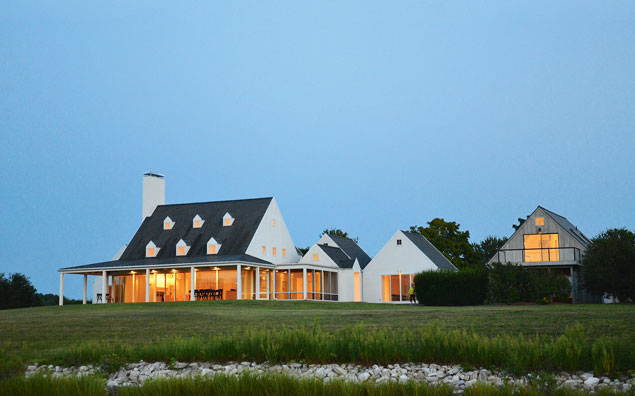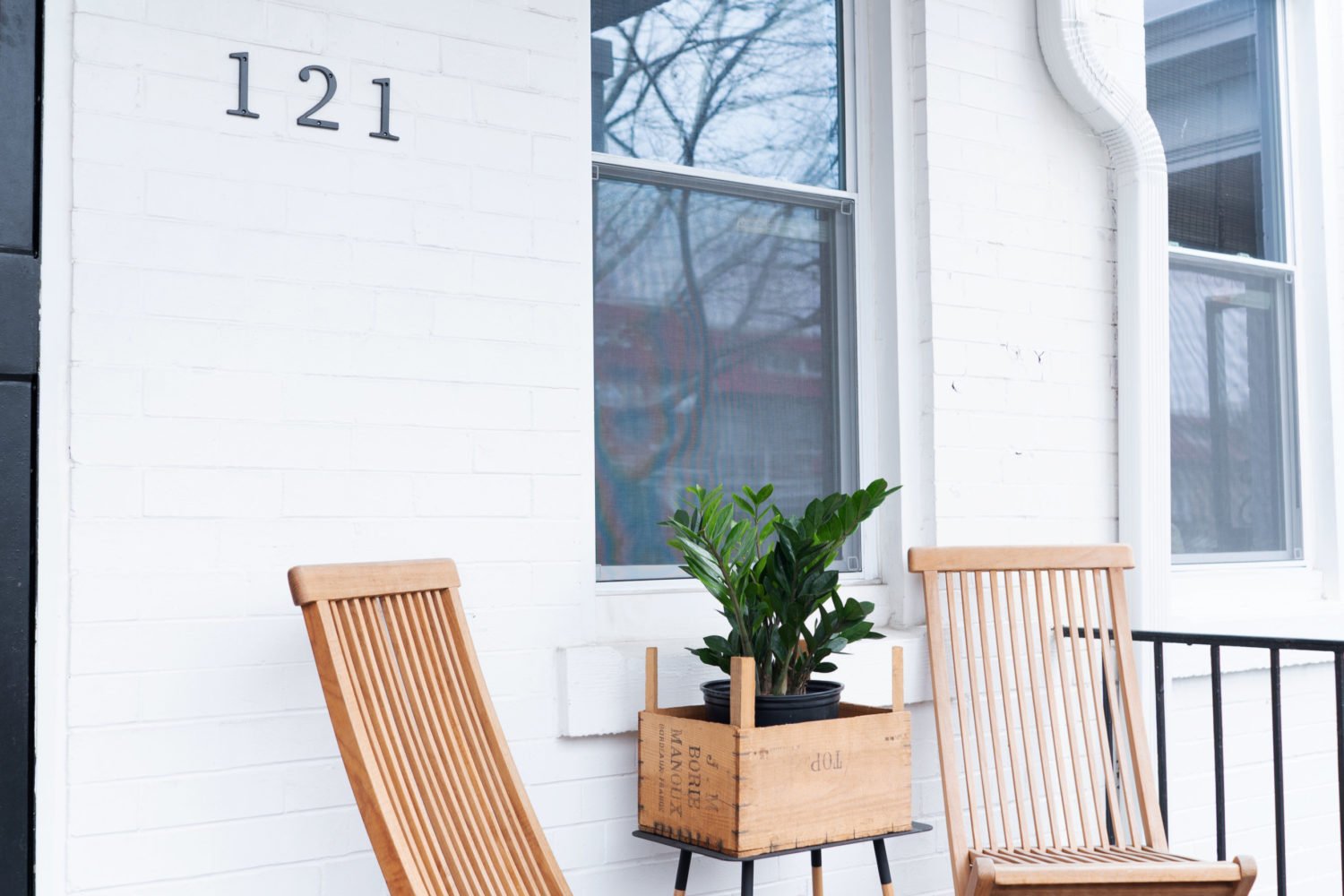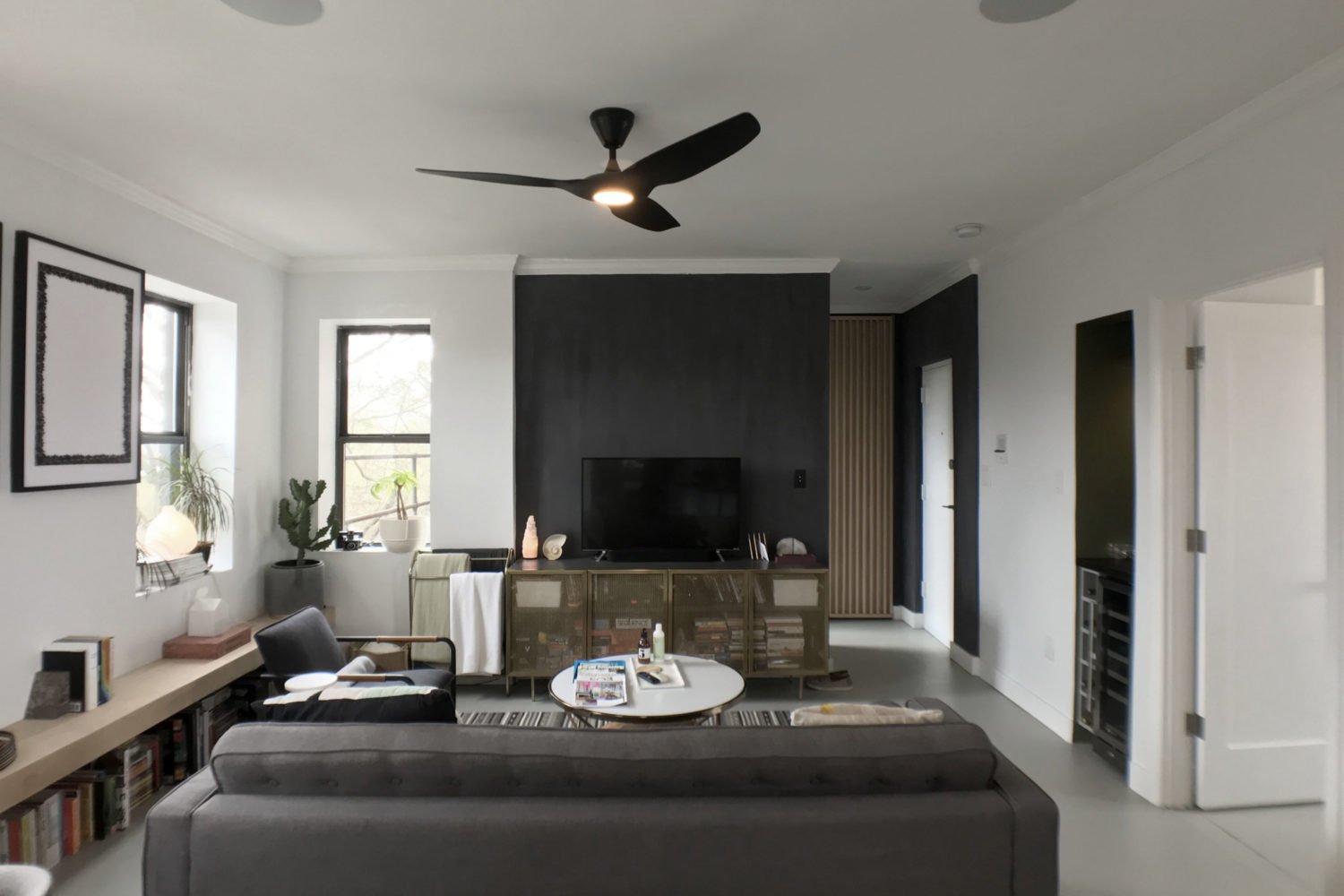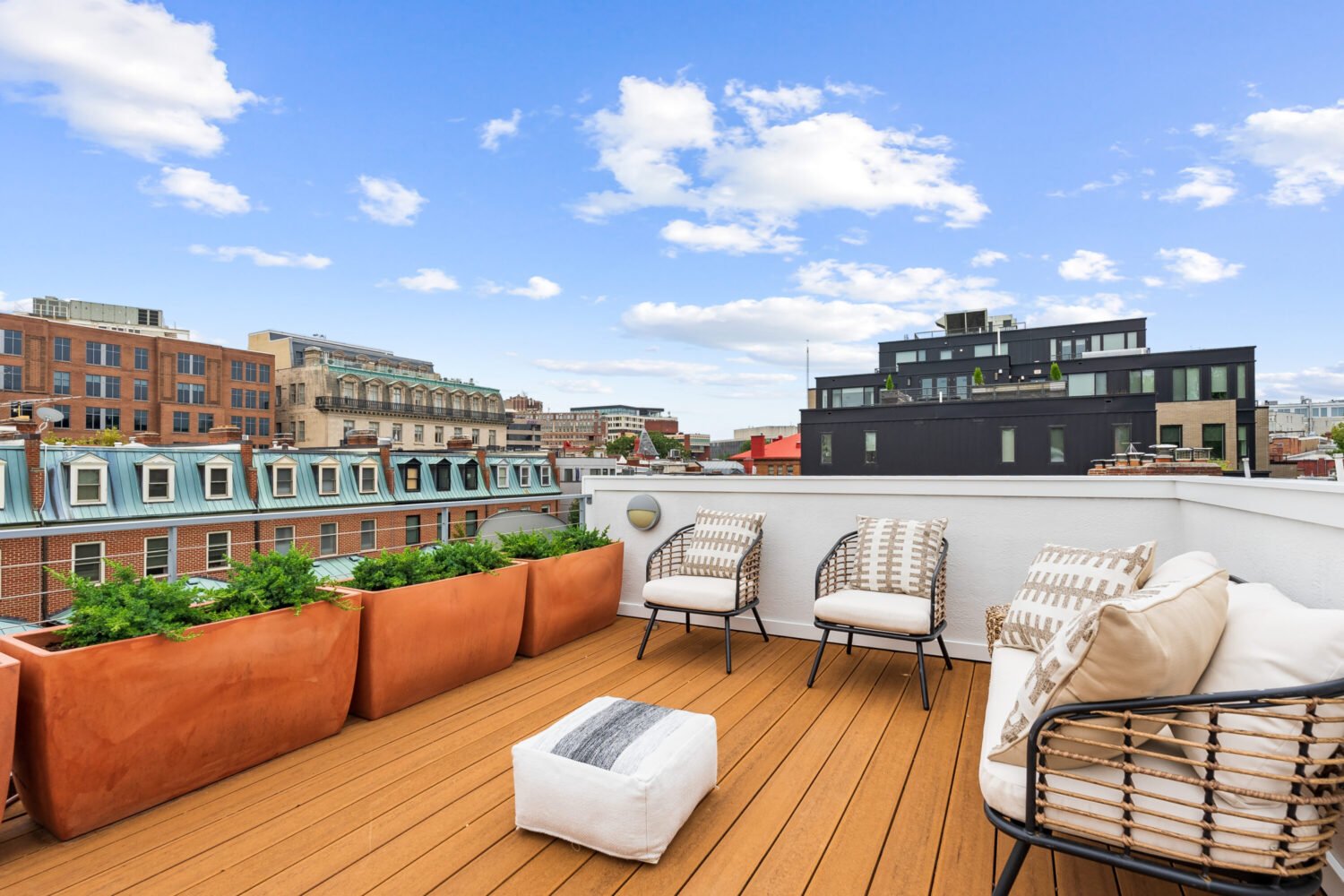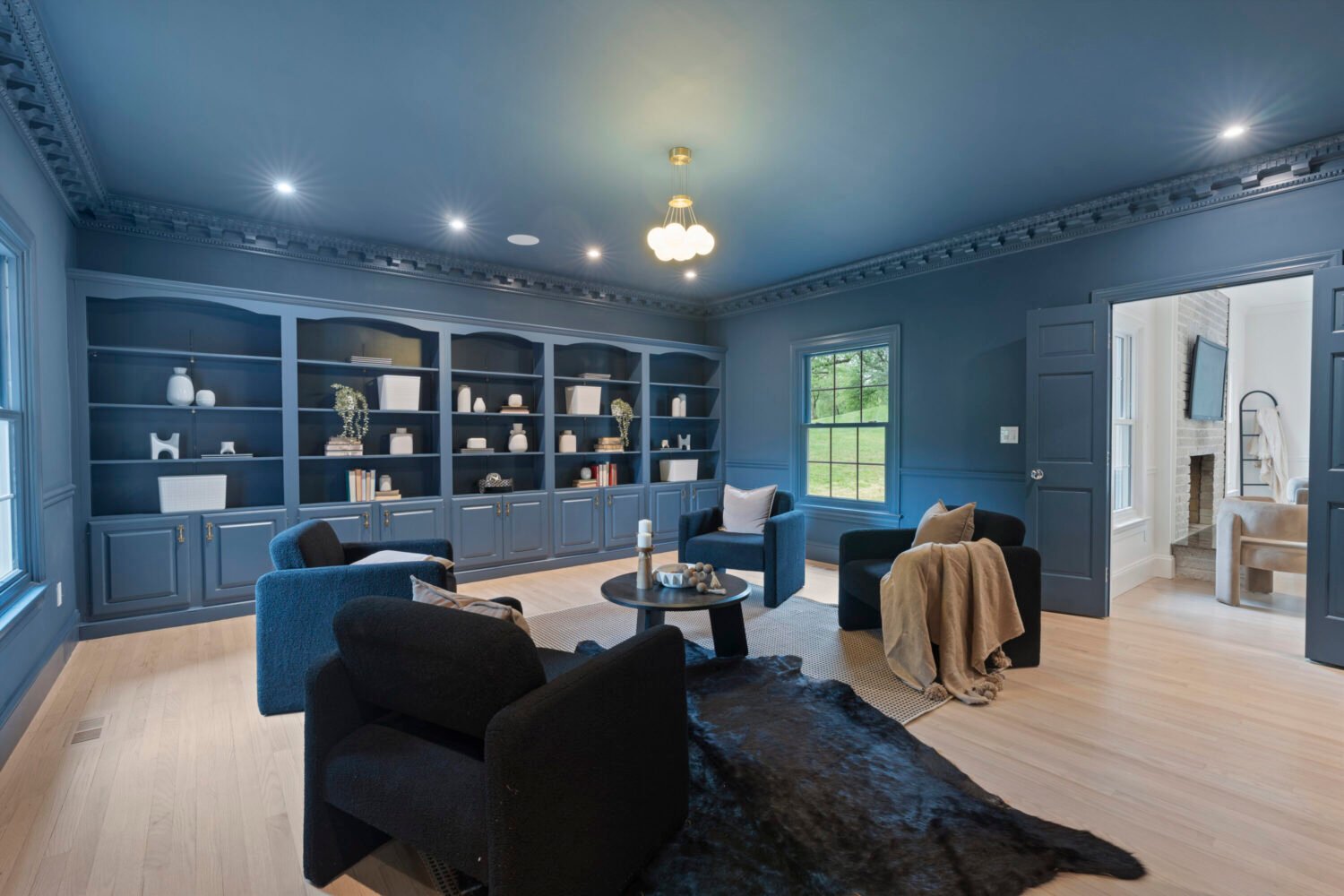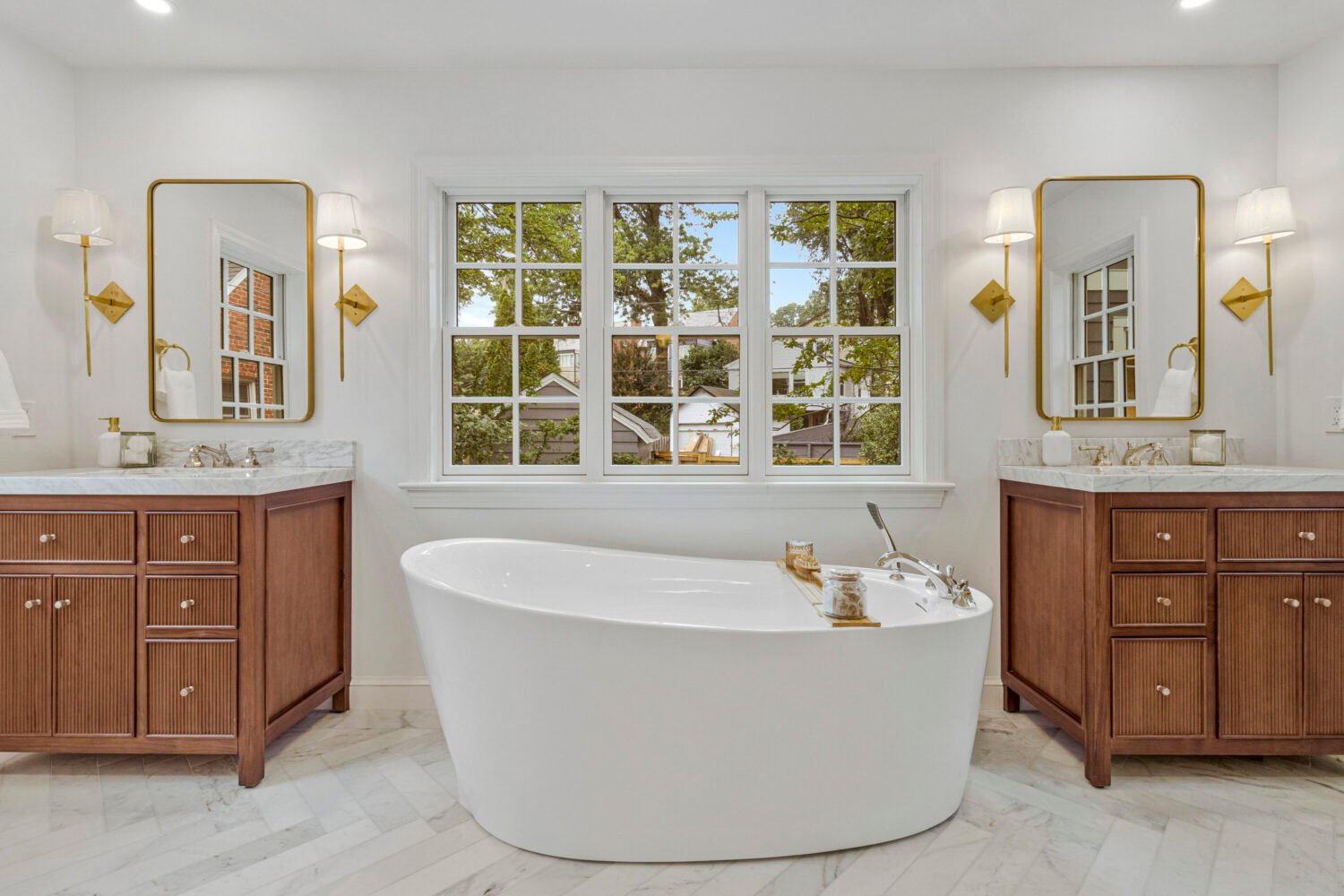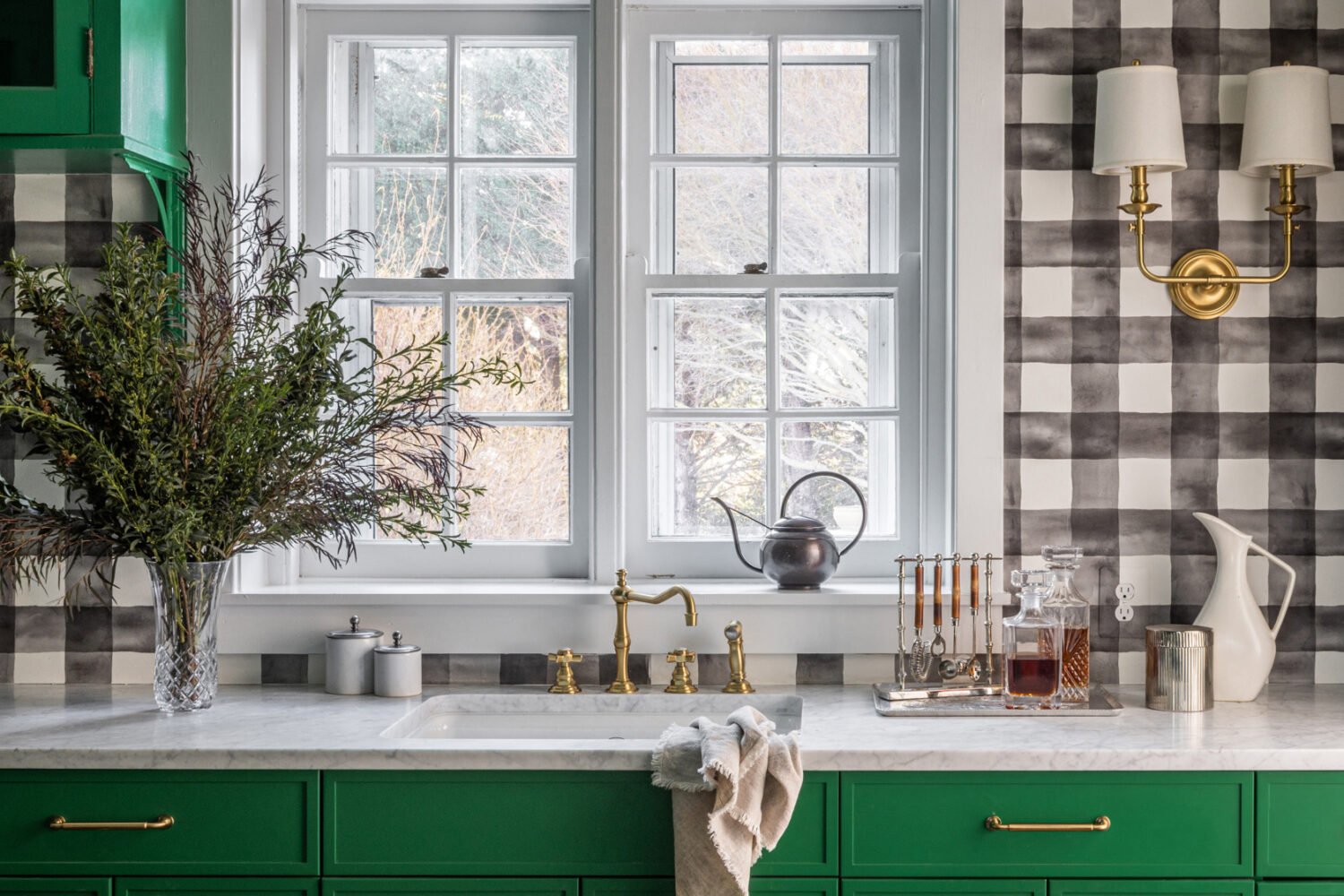If you’ve been toying with buying a vacation home within driving distance of Washington, now may be a good time. “It’s still a buyer’s market,” says real-estate agent Bill Weissgerber Jr., who has been selling vacation properties around Maryland’s Deep Creek Lake and Wisp Resort for 30 years. The market in resort areas across the region tends to lag behind Washington’s: If values rise here, they’ll rise there—though less sharply—within a year or so.
The market here is hot, which means prices in resort areas may be poised for growth. “I think we’re at that inflection point where inventory is starting to shrink but we haven’t seen prices rise yet,” says Justin Healy, co-owner of Ocean Atlantic Sotheby’s, which sells homes in Rehoboth Beach, Bethany Beach, and Lewes. Coupled with low interest rates, the conditions are good for buyers. Convinced? Here are six tips and trends second-home buyers should keep in mind as they embark on the spring buying season.
1. Think Local
Jim and Marte Coleman recently bought a vacation home on the Miles River in St. Michaels. The Potomac couple hadn’t vacationed in the Eastern Shore town since their tenth anniversary 18 years before, so they relied on agent Barbara Watkins to help them see how far their money could go. “She was familiar with the nuances of the area,” Jim Coleman says. “We got a real education.”
Using a local agent also helps put you in touch with nearby lenders, who often understand the market better and can more accurately predict appraisals than their national counterparts. On the Eastern Shore, loan officers are aware of the rising premiums homeowners are paying for flood insurance—and the impact that can have on their housing expenses.
“Where a flood-insurance premium may have cost $1,500 two years ago, it might be $4,500 or $5,000 now,” says Eastern Shore lender Bill McGuire of First Home Mortgage. “That’s a game-changer for some people.”
2. Be Prepared for Paperwork
Lenders are much more cautious than they were before the recession. Buyers should expect to make full financial disclosures, including two years of tax returns and W-2s, recent pay stubs, and asset verification. “It’s definitely more ‘i’-dotting and ‘t’-crossing,” McGuire says.
Second-home buyers generally need a minimum credit score of 700 to qualify for a loan, whereas Fannie Mae requires a minimum score of about 620 for primary-home buyers. Jerry Merrick, a mortgage officer in the Deep Creek area, encourages clients to prequalify for loans to avoid financing problems when they have a house under contract.
3. Bring Cash to the Table
Because owners are more likely to default on a second home than on a primary home during financial hardship, mortgage companies want buyers to put substantial money into the deal. The upshot: A standard down payment on a vacation home nowadays starts around 20 percent.
Many are putting a lot more down than that—last year, a quarter of buyers in Garrett County—home of Deep Creek and Wisp resorts—opted to pay all cash. “Cash sales have become more common since 2008,” Weissgerber says. “A decade ago, almost every buyer financed, often with nothing down.”
4. You’ll Pay for Walkability
“People want to be close to one of the towns so they can pop into a restaurant or do a little shopping,” Watkins says. Jim Coleman bought a home a mile and a half from the center of St. Michaels. He likes being able to bike into town or step outside and drop a kayak in the water. “It’s the whole package,” he says.
Whether you’re house-hunting on the Eastern Shore, in Rehoboth, or near Middleburg, the trend holds true: If you want to be able to walk to dinner or a coffee shop, you’ll have to pay a premium.
5. New Construction Is Sparse
Construction in many places ground to a halt in the wake of the recession, and there still aren’t many new homes on the market. Even on the Delaware shore, where Healy says construction is up again, new waterfront developments are scarce.
Watkins says construction is down for other reasons: changes to local building regulations, environmental restrictions, and impact fees. In 2012, Maryland adopted the most recent International Energy Conservation Code, which sets stringent standards for everything from heating systems to lighting. (Delaware and Virginia use the code’s previous iteration.)
“Building costs have gone up significantly,” Watkins says, “and the permitting process is very hard to get through.” Installing a septic system that meets updated requirements in a new home on the Eastern Shore can cost up to $20,000, according to broker Debbie Hileman. Until a legislative change last year, a basic system cost $2,000 to $4,000.
6. Think Like an Owner
Bob Bedingfield wanted to find a place where his extended family could gather within driving distance of his Potomac home. He fell in love with a six-bedroom lakefront property in Deep Creek but didn’t know whom to contact when homeowner issues such as plumbing, electrical work, and snow removal came up. When he decided to add on to the house, he asked his agent to help him find a builder. “There is a network up there,” Bedingfield says, and it helped to have someone who could introduce him to it.
Second homes bring up the same problems as primary residences, but in a less familiar place. Every contact you make can be useful in the future.
This article appears in the February 2014 issue of Washingtonian.

